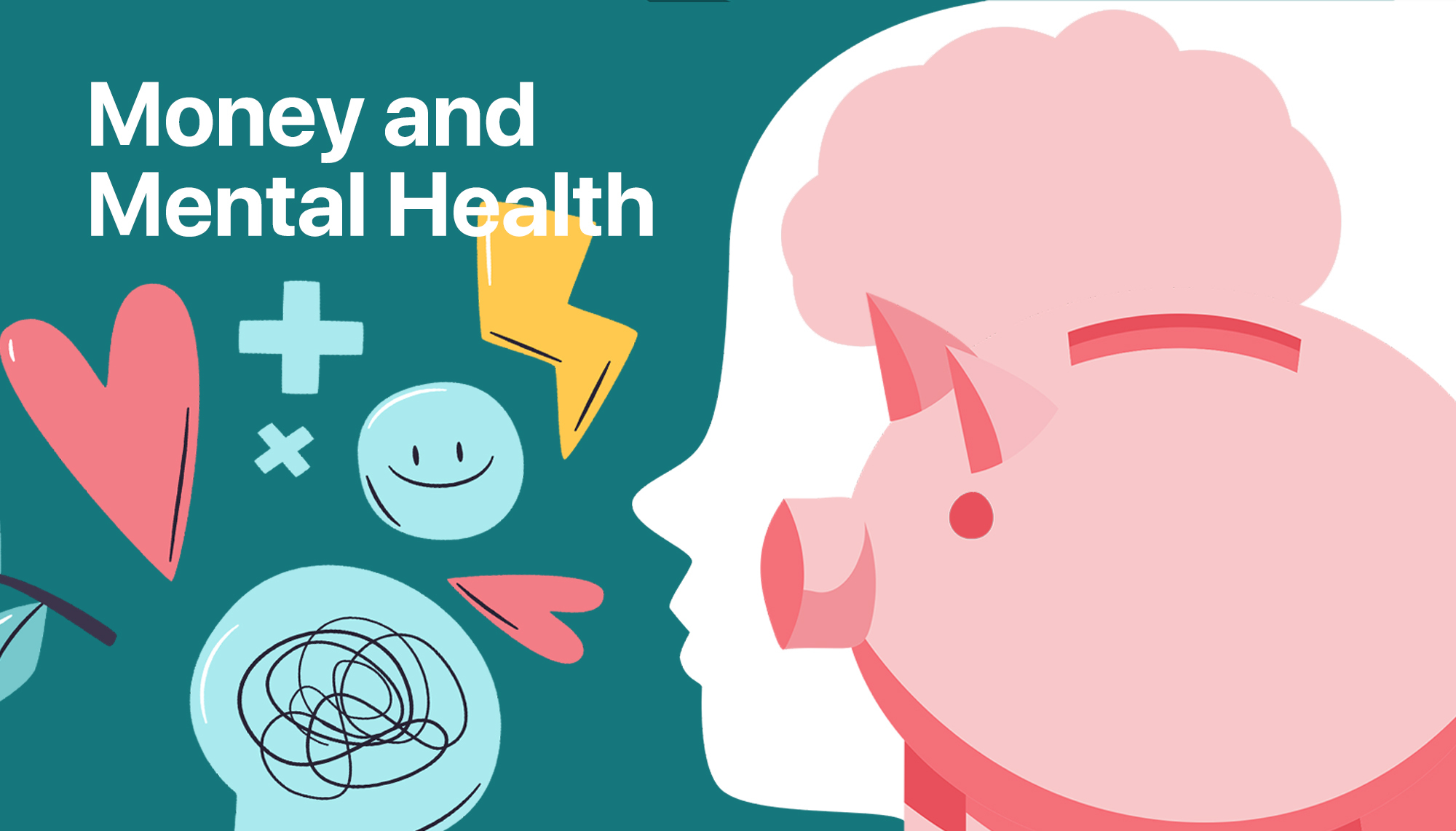How to Unearth Great Real Estate Investment Opportunities
The most crucial factor determining returns from rental real estate assets is the property itself. Hence filtering the housing market meticulously using crucial insider criteria enables unearthing hidden gems primed for stellar tenant demand and long-term capital appreciation as assets. Follow these home selection secrets. Here are some facts about secrets to finding the perfect investment property.

Analyze Neighborhood Prospects
Selecting properties nestled within neighborhoods exhibiting economic and infrastructure growth supports capital gains and rents rising steadily over ownership years compared to struggling localities. Research demographic shifts, city plans, upcoming transit links and commercial zones around shortlisted areas before finalizing.
Scope Future Development Directions
Evaluating nascent neighborhoods on the cusp of revitalization due to gentrification or planned upgrades also allows early positioning before valuation spikes once positive changes visible. Speak to multiple city planners, brokers and inspect transformation blueprints.
Assess Tenant Demand Dynamics
Properties near anchor employment hubs, universities or lifestyle conveniences tend to attract renters consistently, ensuring sustainable occupancy rates even during weaker markets. Check vacancy histories, volume of annual rentals and tenant stay durations around identified locations through listing sites to confirm healthy demand desirability before acquiring assets.
Opt For Turnkey Ready Condition
Though distressed fixer-uppers seem enticing, new investors lack renovation expertise and capital to address issues like faulty plumbing or roofs needing replacement. Select move-in ready condition properties at acquisition for faster and smoother rentals without headaches or unexpected maintenance costs eroding returns.
Stick to Investment Goals
Beware distraction from properties exceeding predetermined financial budgets or size criteria as initial excitement fades when repaying heavy mortgages afterwards. Overleveraging parachutes cash flows. Recheck numbers match targeted income, expenses and returns projections prior to purchase commitments.
While numerous factors determine great investments, optimizing these strategic aspects when house hunting focuses efforts into fruitful deals elevating portfolio performance tremendously over the years. Patient hunting enables discovering golden opportunities.








